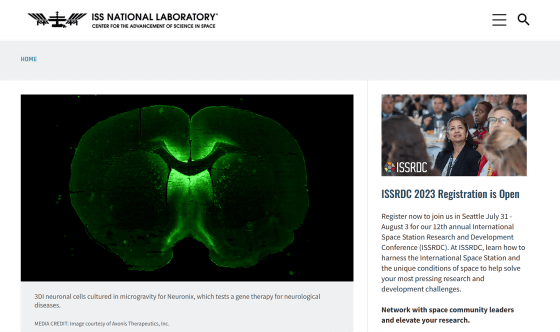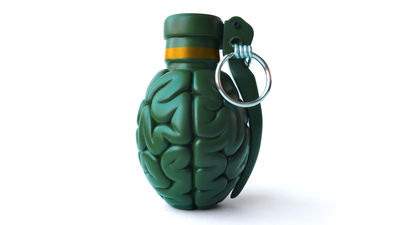Human 'mini brain' will be made on the International Space Station

It was announced that experiments will be conducted to launch brain cells produced from human skin cells to the International Space Station (ISS) and assemble them into a three-dimensional 'mini brain' under microgravity. Experiments will also investigate the effects of microgravity on mini-brain formation and the ability of therapeutic agents to reach brain cells.
3D Self-Assembled Human Brain Model to Fly to the Space Station to Test Precision Medicines for Neurological Disorders

19th Northrop Grumman Mission Carries Experiments to Station | NASA
https://www.nasa.gov/mission_pages/station/research/news/ng-19_mission_carries_experiments_to_station
Spherical 'minibrains' to be grown on the International Space Station | Live Science
https://www.livescience.com/health/neuroscience/spherical-minibrains-to-be-grown-on-the-international-space-station
The ISS National Lab, which has major research facilities on the ISS, announced in a statement on July 24, 2023 that it will conduct experiments on the ISS on a 'mini-brain' that mimics the human brain. bottom. The experiment was planned by the research team of biotechnology startup Axonis , who received a public subsidy in partnership with the startup support organization MassChallenge .
The research team creates induced pluripotent stem cells (iPS cells) from human skin cells on the earth, differentiates them into three types of brain cells, neurons , microglia , and astrocytes , and cultures them respectively. These cultures will then be sent to the ISS and assembled into 3D spheroid models (mini-brains) under microgravity.

There are two types of 3D organ models, 'organoids' and 'spheroids', each of which
According to NASA, mini brain spheroids do not form well under the gravity of the earth, so this experiment will investigate how they form under microgravity. They will also test the ability of therapeutics to reach neurons. Mini-brain spheroids can be used to test neuron-specific gene therapies, which are promising treatments for Alzheimer's disease and Parkinson's disease, and are expected to be an effective platform for drug discovery and gene therapy.
Shane Hegerty, chief scientific officer at Axonis, said that organoids take a long time to form, and that some cells die faster than others as the cells mature, giving researchers It points out that there is a problem that it becomes an incomplete model. Spheroids, on the other hand, can form more quickly and are less at risk of imperfect models due to less maturity. In addition, because it uses iPS cells created from the patient's own skin cells, it also functions as a model for optimizing treatment options according to the patient's needs.
Furthermore, human mini-brains could not only improve treatment development for neurological disorders, but could also help speed up drug approvals. “The U.S. Food and Drug Administration (FDA) prefers human clinical trial data to animal data, and we may see more approvals based on non-animal disease modeling in the future,” Hegerty said. 'This experiment may help because it uses artificial human tissue, unlike rodent models.'

The materials needed for the experiment will be sent to the ISS during Northrop Grumman 's 19th commercial resupply mission scheduled for August 1, local time. The mission will launch more than 20 payloads supported by the ISS National Laboratory, including spacecraft fire experiments , atmospheric plasma density measurement equipment , and memory cards containing drawings and poems made by Japanese students.
Related Posts:
in Science, Posted by log1h_ik







